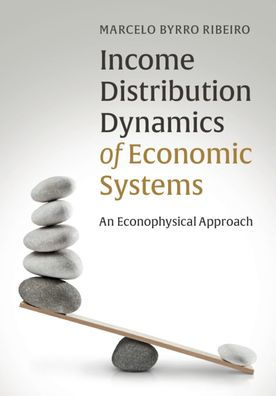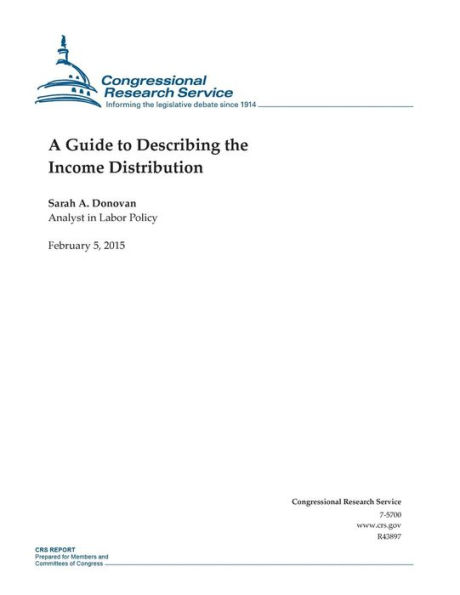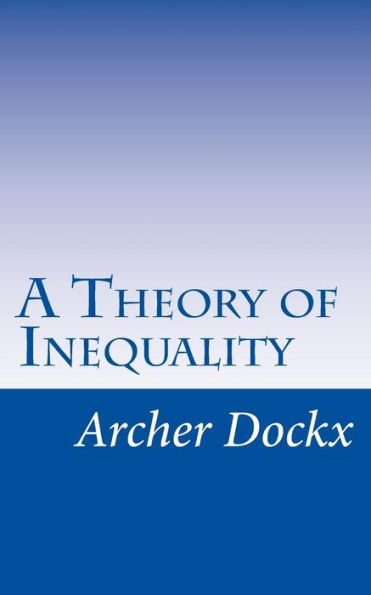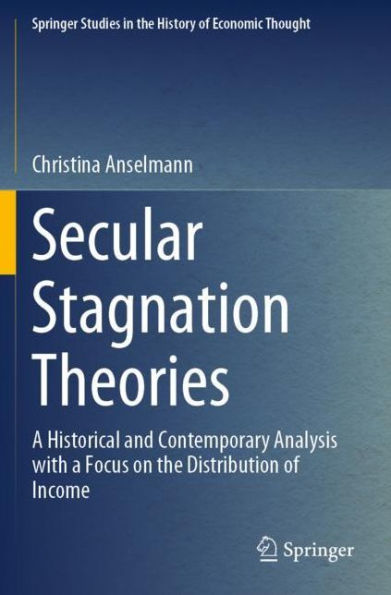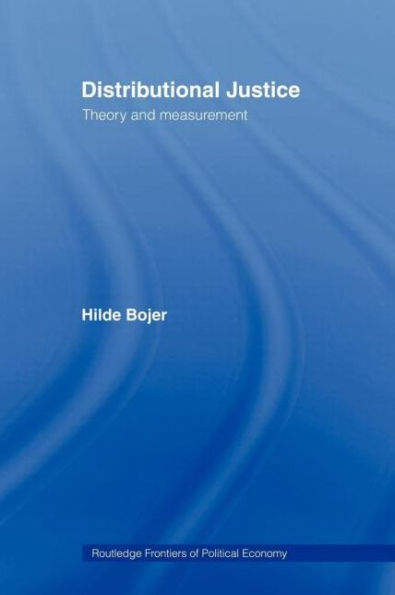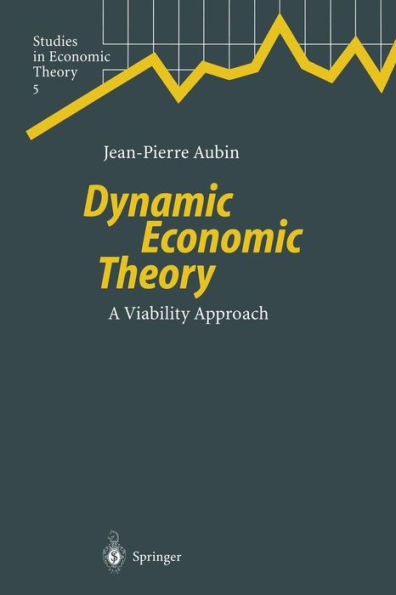Home
Personal Income Distribution: A Multicapability Theory


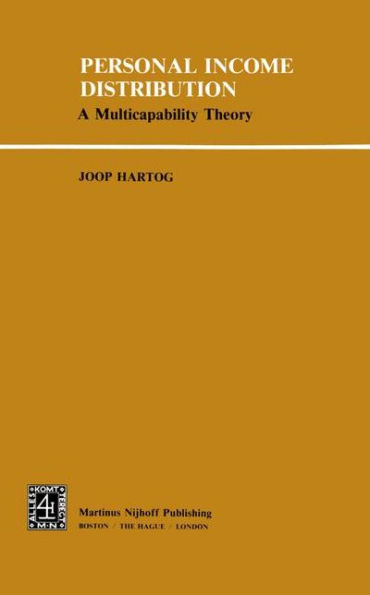
Personal Income Distribution: A Multicapability Theory
Current price: $109.99
Loading Inventory...
Size: OS
Het is mogelijk dat het orimogelijk is om iets nieuwer enjuister te zeggen, maar over al het geschrevene daalt het stof der tijden neer, en ik peins daarom dat het goed is als er om de 10 jaar een andere een kruis trekt over al die oude dingen, en de wereld-van-vandaag opnieuw uitspreekt 1 met andere woorden. -Louis Paul Boon (1972) 1.1 THE PROBLEM The distribution of labor incomes is a problem with two aspects, each of which has received ample attention in the literature. The first aspect relates to the shape of the frequency distribution of individuals according to their (labor) incomes. Analytical contributions include the so-called shastic theories of income dis tribution, such as Gibrat's law of proportionate effect, Champernowne's and Rutherford's Markov-chain models, and Pigou's puzzle. The question is, If abil ities are normally distributed, why should the distribution of incomes deviate from this shape? This deviation is the basic fact that these theories explain: in come distributions, whatever the time and place of observation, are positively skewed. 2 CHAPTER 1 The second aspect of the distribution of labor incomes is the problem of wage differentials: why do wages differ, why do all workers not earn the same wage? This question has been a standard problem ever since Adam Smith dealt with it.

